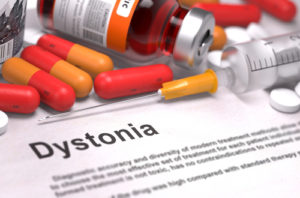 Recently, the Cedars- Sinai Movement Disorder Program conducted a small seminar, the purpose of which was to educate people with afflcited relatives, caregivers, and professionals, on the approaches to treatment and management of movement disorders like dystonia. The three main prongs of treatment when it comes to management of dystonia, are medication, use of Botox injections, and deep brain stimulation.
Recently, the Cedars- Sinai Movement Disorder Program conducted a small seminar, the purpose of which was to educate people with afflcited relatives, caregivers, and professionals, on the approaches to treatment and management of movement disorders like dystonia. The three main prongs of treatment when it comes to management of dystonia, are medication, use of Botox injections, and deep brain stimulation.
It must be noted here that the role of Botox in the treatment of movement disorders is based on its action essentially on nerves. Botox is well known for its role in the cosmetic industry, and its use to eliminate wrinkles. The way Botox is used for patients of movement disorders is derived from the same effects. Botox helps patients regain control over involuntary muslce twitches and spasmodic contractions, because it acts on nerves and works to block their conduction to muscle fibers. The result is a muscle that does not contract as frequently or as spasmodically.
Of course, medication and deep brain stimulation are also open options. However, medication can sometimes end up causing side effects that do more harm than the regulatory control that they offer. Deep brain stimulation using controllers implanted in the clavicle region, are useful to provide impulses to the deeper parts of the brin using the generators implanted there. However, it is an invasive process, and the recent advances in exact placement of the electrodes have made it much more feasible to use Deep BRain Stimulation. The use of Botox injections for the ehad, neck, and upper body area, is also very beneficial. A combination of all three treatment approaches may well be the bst way to combat Movement Disorders like dystonia.







